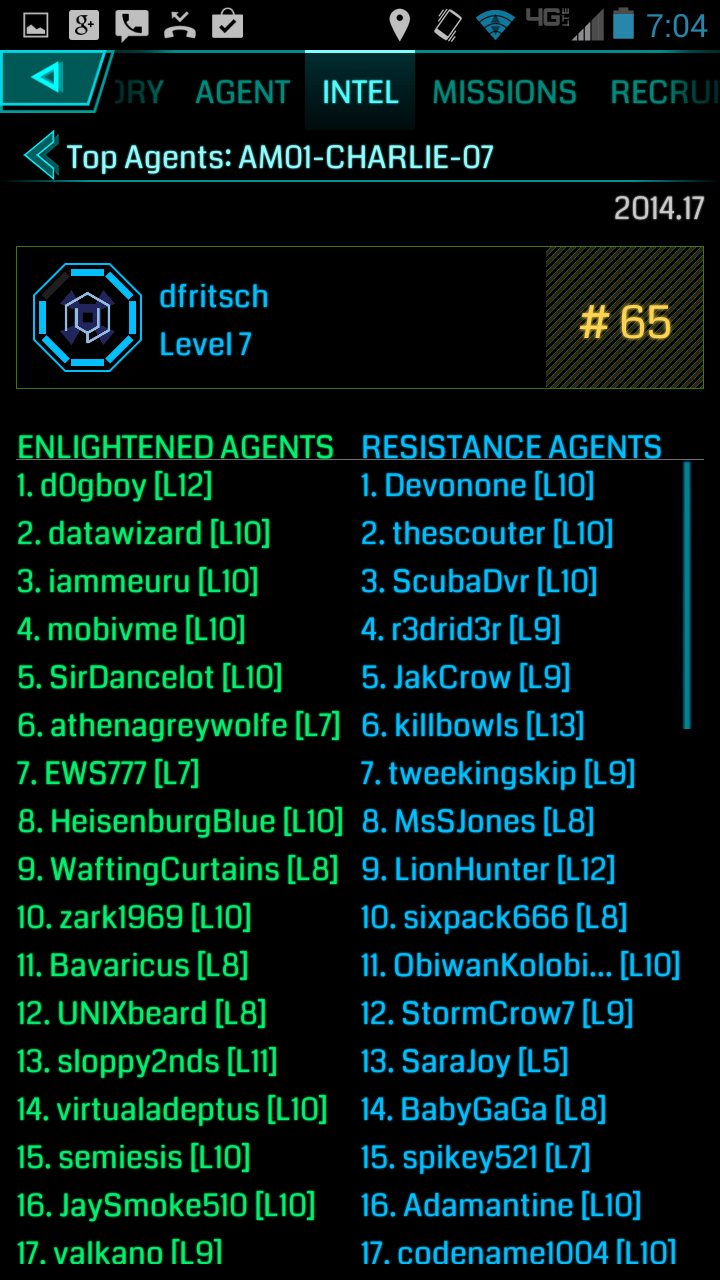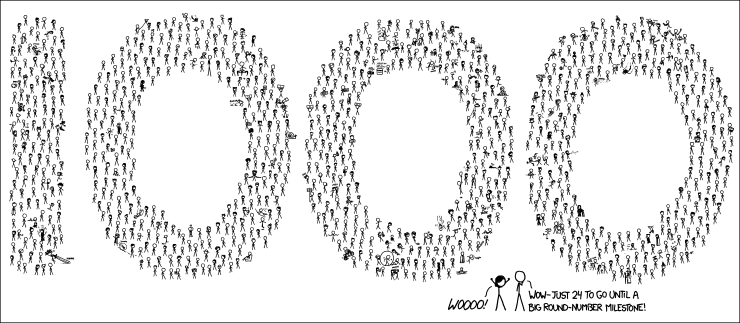Ingress: A Case Study in Gamifying my World
This post centers on a mobile game called Ingress. Like lots of mobile games, this is a great game to play while traveling around to waste some time. Unlike most other mobile games, Ingress is a game that you have to play while traveling and helps you discover the world.
There is a fairly elaborate sci-fi story and world behind the game, but ultimately it boils down to a world-wide game of capture the flag(s). The “flags” in this case are historical markers, public buildings, park signs, murals, and anything else that is publicly accessible and significant culturally or artistically (you can even submit suggestions!). Once you have found portals, you can attack them to remove the other team’s control, claim them for your team, get items from them, and link them to other portals.
Like almost all games that you play online, the entire thing is almost completely pointless. You run around interacting with your phone to control imaginary “portals” and gain imaginary points. Everything is just made up.
Yet, thousands of people around the world play this game actively, to the point that they will travel hundreds and thousands of miles to participate in special events around the world as part of the game. There is obviously something about the game that hooks people.
Gamification
If you play video games like this at all, you’ve probably heard the term “gamification”. The entire concept is to apply the things that are a part of the games that draw people in and apply them to non-game situations. A great example is trying to build a habit, such as exercising more. If you can make it rewarding like a game, it is far easier to keep exercising.
I might have taken that a little too far. I use Ingress as my motivation to run. Somewhere I think this falls under the definition of gamification, but mostly I’m just glad that there is a game that rewards moving around the world, because I need motivation to move.
Gamification: Step 1, Track Everything!

The first step in gamifying any action seems to be to track everything about it. Most other methods I’ve seen that try to encourage people to run use devices such as your phone or specialized wrist bands to track your route as you run or bike. At the end of the trek, you know exactly how far you went, how long it took you, and can compare it to previous runs.
A lot of gamification is really stat collection. Let’s get statistics on everything you are doing and tell you about them! You will definitely see this in games too. Here is an example of my current Ingress stat page to the left. Look at all the things I’ve done!
Yet this doesn’t do enough to motivate people over the long term. While it may be exciting for a while, you will plateau. Milestones tend to rise exponentially, so each one takes more and more time to reach. And that means that after each milestone you have a larger window to fall out of the habit.
Gamification: Step 2, Socialize!
So we have all these stats, how can we make the milestones more meaningful? It seems arbitrary to just keep making the stats rise and picking nice round numbers as goals.
Let’s make the game social! This is a common trick, and Ingress has it too. As you level up in Ingress, there becomes strict limits to the level of items that you can use to control a portal. While you can always fully control a portal (by placing 8 “resonators” around it), you can’t fill it with high level items. (And since high level items have more defense from the other team, this is important.)
To create highly defensible portals, you have to work with other players of the game in your area. At the highest level, it takes eight players who are at least level 8 to build the best defense. This makes the game far more social, with most players hooked into a dedicated chat in their area for coordinating plans to capture and build on portals.
This social aspect adds another layer to keeping users engaged in the game. If your team needs one more person to build the defense, it is hard to say no!
Social aspects are huge and lead to an exciting feature: leaderboards. Now that we have all these stats from all these people we know, let’s compare them to each other. Look, I’m 5th in terms of portal visits, 8th in terms of hacks, 12th in terms of building on portals! (I just made these all up. If they were real, it would be like 10,594,356th)
But here is where things start to break down for me. How do you best display the leaderboards? All-time? Just this past week (or month)? What can people compare on? Everything? Just certain stats? What does all this mean?
As a programmer, once you have the basic leaderboard built, it is easy to add options for every stat and different time frames. Often that is what you will see. Yet I feel like this ability to easy compare yourself to others so specifically is one of the great detriments to bring game concepts to non-game environments. When you can compare everything over all time, you will never win.
And when you are struggling to continue, that “not winning” is the best motivation to not continue.
Gamification: Step 3, Focus
The final step, that I think Ingress does so well, is less of another thing to do and more a refinement.

Ingress has but one leaderboard. You can see the ratio of “mind units” that your team controls versus the other team. By linking portals that your team controls, you can take control of the are between the portals. “Mind units” is a metric for tracking the number of people within those areas.
This is the key metric and ultimately the only metric that matters for the team. Whoever controls more mind units is winning.
You can dive into this metric a bit and see the control in your region and cell as well. Once you click down to the regional level, you can see the top agents. This is the only leaderboard that I have found. And it is very unspecific. Currently I rank 65th, but I could be anywhere from 1 to 1,000,000 units behind the leader. And this leaderboard resets each “cycle”. So I can only see my progress in the very recent past in totally relative terms.
On the one hand, it would be so simple for the game to provide more details. Yet, the lack of details can be an amazing motivator. If I just go control one more area, will that push me up? The cycle is about to end, so I need to make a big push before the finish!
All of this motivation is relative. I can’t cipher and determine the most efficient course of action. I can’t really even determine when it is hopeless to try. I can only push on.
What is your metric?
As you push on, whether it is playing Ingress or trying to gamify your life to improve and build a habit, the key is to distill the data you collect down into one key metric over a defined timeframe. Let the system that you use to track the stats wash away the details about this metric and instead rank your self, either against your friends or your past cycles.
The key to long term motivation is to progress relative to your past and what the surroundings currently support. And I think that gamification works best when you have a key metric that you track progress against.
